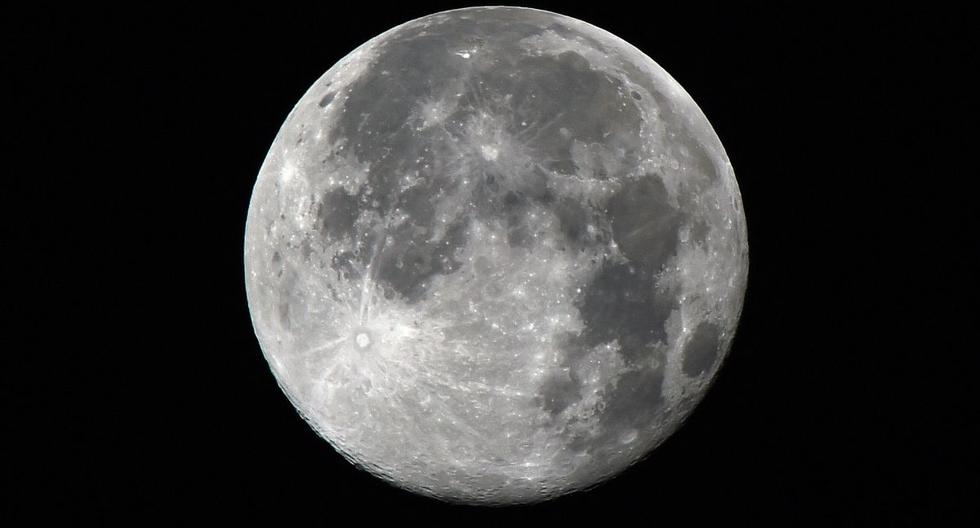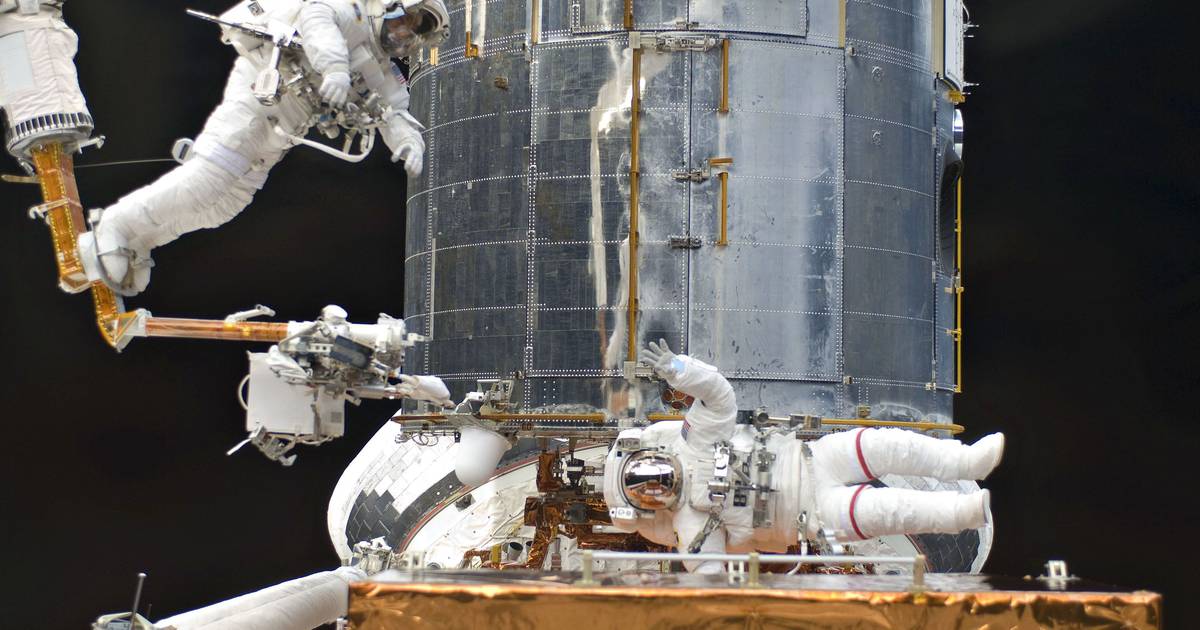Asteroid bombing was recorded in color 3.9 billion years ago, its origin originated in the process of continuous influences that remained from the main stage of the formation Earth.
Planetary scientists from University of Munster (Germany) They chose this hypothesis to explain the Moon’s Late Heavy Bombardment, or LHB, at the expense of that which suggested that instability in the orbits of gas giant planets caused a sudden, sudden increase in the impacts of asteroids and comets in the Solar System.
The research relied on very accurate isotopic measurements of lunar rocks that formed during the bombardment 3.9 billion years ago, or about 500 million years after the moon was formed. The results were published in the current issue of the journal.science advances.
These rocks contain small globules of mineral that are made up of material from encountered asteroids. By studying the isotopic composition of these mineral globules, researchers can determine where these objects originated in the solar system.
They focused on ruthenium and molybdenum because these elements show systematic changes in their isotopic composition depending on where they formed in the solar system.
“Our research shows that the bombing of the Moon was by the same bodies that formed the Earth and the Moon.”Planetary scientist and lead author of the study, Dr. Emily Warsham.
Thus, impact craters on the Moon are the result of the constant bombardment of asteroids left over from the phase of the formation of the main Earth. This also allows scientists to rule out a sudden increase in the rate of impact due to bombardment by objects from the outer solar system. But where did the age group of 3.9 billion years come from?
“It has been previously suggested that the lunar rocks studied thus far consist primarily of material from a single impact basin: the Mare Imbrium on the north-central side of the Moon facing Earth.”, explain Emily Warsham.
It is known from theoretical calculations that the orbits of the gas giants changed at some point in the early history of the solar system, scattering a large number of bodies from the outer solar system inward, colliding with the Earth and the Moon, among others.
“This event must have occurred much earlier than previously thought, because we have not found evidence of an asteroid or comet colliding from the outer reaches of the Solar System on moon rocks.” Professor Thorsten Klein explains. Therefore, it is likely that the change in the orbits of the gas giant planets occurred during the main formation stage of Earth-like planets, that is, in the first approximately 100 million years of the solar system, which in turn agrees once well with modern planets. dynamic models.
“Therefore, our study also shows that Earth-like planets incorporated water-rich bodies from the outer solar system relatively early on, during their formation, creating conditions for the emergence of life.” Agrega Thorsten Klein.
as standard
![]()
know more
Recommended video
Art and science come together in Costa Rica to depict climate change

It might interest you

“Wannabe internet buff. Future teen idol. Hardcore zombie guru. Gamer. Avid creator. Entrepreneur. Bacon ninja.”




